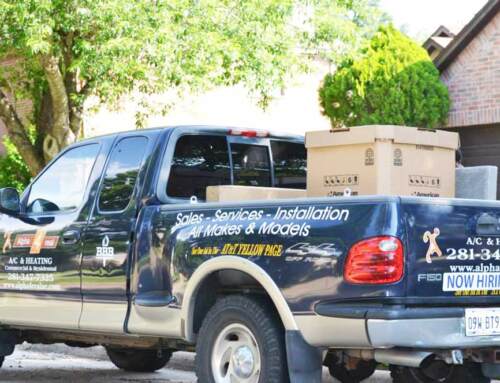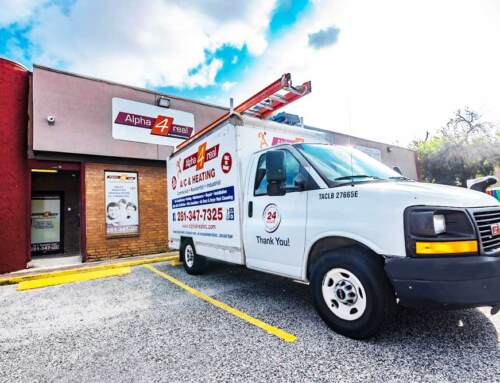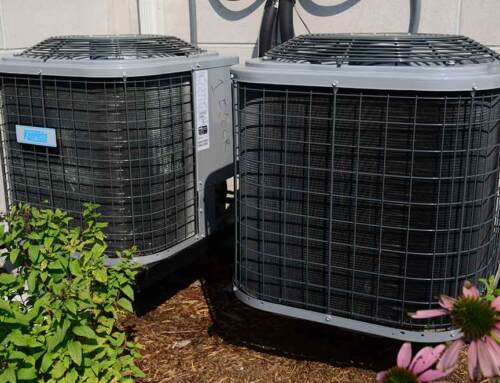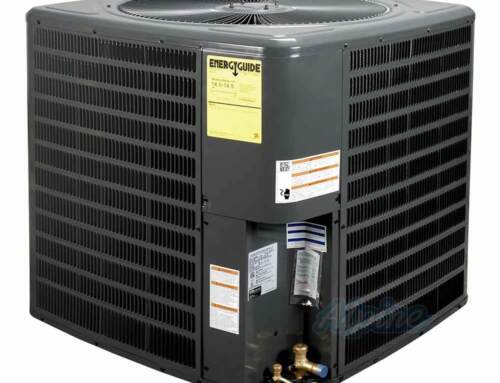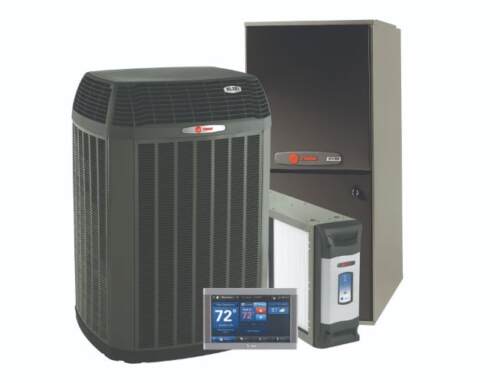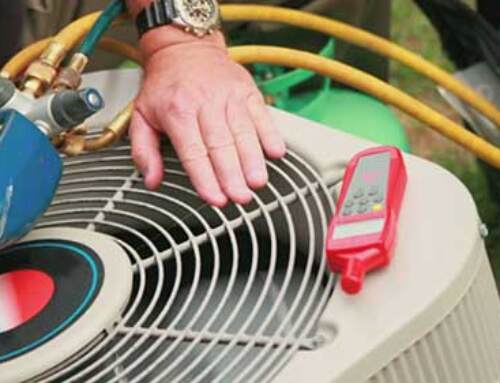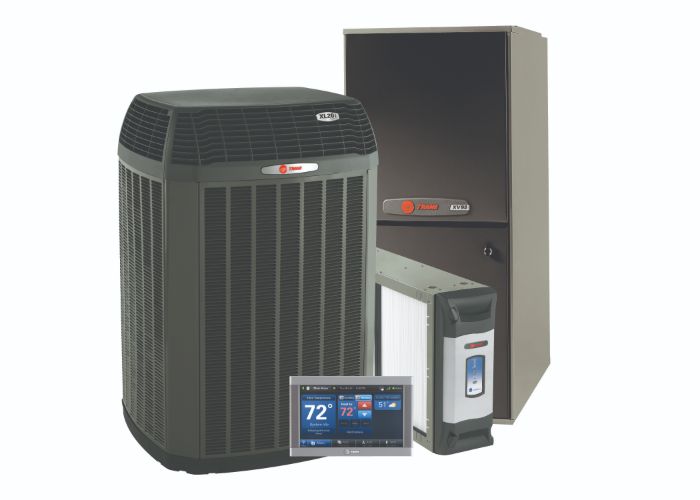
Air conditioning systems have become a crucial component of our homes, especially during the summer months.
The system regulates indoor temperatures, keeps the air fresh, and filters out dust and other allergens. A home air conditioning system comprises various components that work together to achieve these objectives.
Here are the components of a home air conditioning system and how they function.
Thermostat
The thermostat is the control unit of the air conditioning system. It regulates the temperature by turning the cooling system on and off.
When the thermostat senses that the temperature is too high, it triggers the air conditioner to start cooling the air. Conversely, when the temperature drops to the desired level, the thermostat switches off the air conditioner.
A thermostat can be programmable, meaning that it allows the user to set temperature schedules. Programmable thermostats are more efficient because they ensure that the air conditioner only runs when necessary.
Air Filter
The air filter is an essential component of the air conditioning system because it purifies the air that circulates in the house.
The filter traps dust, pollen, and other contaminants, ensuring that the air is clean and fresh. Over time, the filter becomes clogged with debris, reducing its efficiency.
This can lead to poor air quality and increased energy consumption. Therefore, it is essential to clean or replace the air filter regularly, depending on usage.
Evaporator Coil
The evaporator coil is located inside the air handler unit and is responsible for cooling the air.
The coil is made of copper or aluminum and is filled with refrigerant, which absorbs heat from the air passing over it. As the air cools, it loses moisture, which is collected in a drain pan and drained out of the house. The cooled air is then circulated back into the house via the ductwork.
See also: Benefits of Yearly AC Maintenance.
Condenser Unit
The condenser unit is located outside the house and works in conjunction with the evaporator coil to cool the air.
The unit consists of a compressor, a fan, and a condenser coil. The compressor pressurizes the refrigerant, which becomes hot and moves to the condenser coil.
The fan blows air over the coil, dissipating the heat into the atmosphere. The refrigerant then becomes cold and moves back to the evaporator coil to absorb more heat.
Refrigerant Lines
The refrigerant lines connect the evaporator and condenser coils, allowing the refrigerant to circulate between the two units.
The lines are made of copper and are insulated to prevent heat loss. Refrigerant is a critical component of the air conditioning system because it is responsible for absorbing and dissipating heat. Therefore, it is important to ensure that the refrigerant levels are adequate to maintain optimal system performance.
Ductwork
Ductwork is the network of channels that distribute the cooled air throughout the house. The ducts are typically made of metal, fiberglass, or flexible plastic and are insulated to prevent heat loss.
The ductwork comprises supply ducts that deliver the cooled air and return ducts that draw in warm air. The ducts can become clogged with dust and other debris, reducing airflow and system efficiency. Therefore, it is essential to clean the ducts regularly.
Air Handler Unit
The air handler unit is the indoor component of the air conditioning system that houses the evaporator coil and blower fan.
The unit is typically located in a closet or attic and is connected to the ductwork. The blower fan pulls warm air from the house and blows it over the evaporator coil, which cools the air. The cooled air is then distributed back into the house via the supply ducts.
Air Vents and Registers
Vents and registers are the outlets through which the cooled air is delivered into the rooms.
AC vents and registers are part of a building’s heating, ventilation, and air conditioning (HVAC) system. They are responsible for distributing conditioned air (either heated or cooled) from the HVAC system into the rooms or spaces of the building.
AC vents are the visible components of the HVAC system that are mounted on walls, floors, or ceilings. They are usually covered by grilles that can be adjusted to control the amount and direction of airflow. AC vents typically have fins or louvers that can be adjusted to direct the flow of air where it is needed most.
Registers, on the other hand, are the boxes or frames that hold the AC vents in place. They are often located in the floor, ceiling, or wall and are designed to provide a secure mounting point for the vents. Registers may also have adjustable dampers that allow you to control the amount of airflow that passes through them.
Overall, AC vents and registers play an important role in keeping the air in a building comfortable and healthy. They help to distribute conditioned air evenly throughout the space, prevent hot and cold spots, and filter out dust and other airborne particles.
Other AC components worth knowing about include the following:
- AC Compressor: The compressor is the heart of the air conditioning system, responsible for compressing and pumping refrigerant gas to create the cooling effect.
- Condenser Coil: The condenser coil is where the hot, high-pressure refrigerant gas is cooled and condensed into a liquid form.
- Expansion Valve: The expansion valve regulates the flow of refrigerant into the evaporator coil, causing it to expand and cool the air.
- Ductwork: Ductwork is the network of channels and pipes that carry conditioned air from the air handler to the different rooms of the house.
Air conditioning repair specialists at Alpha 4 Real AC & Heating Service is available 24 hours to service your homes air conditioning unit in Houston, Sugar Land, Katy, Pearland, The Woodlands, Richmond, Rosenberg, Sealy, and more. Call us today at 281-347-7325 or complete this short AC repair request form and we will contact you immediately.

